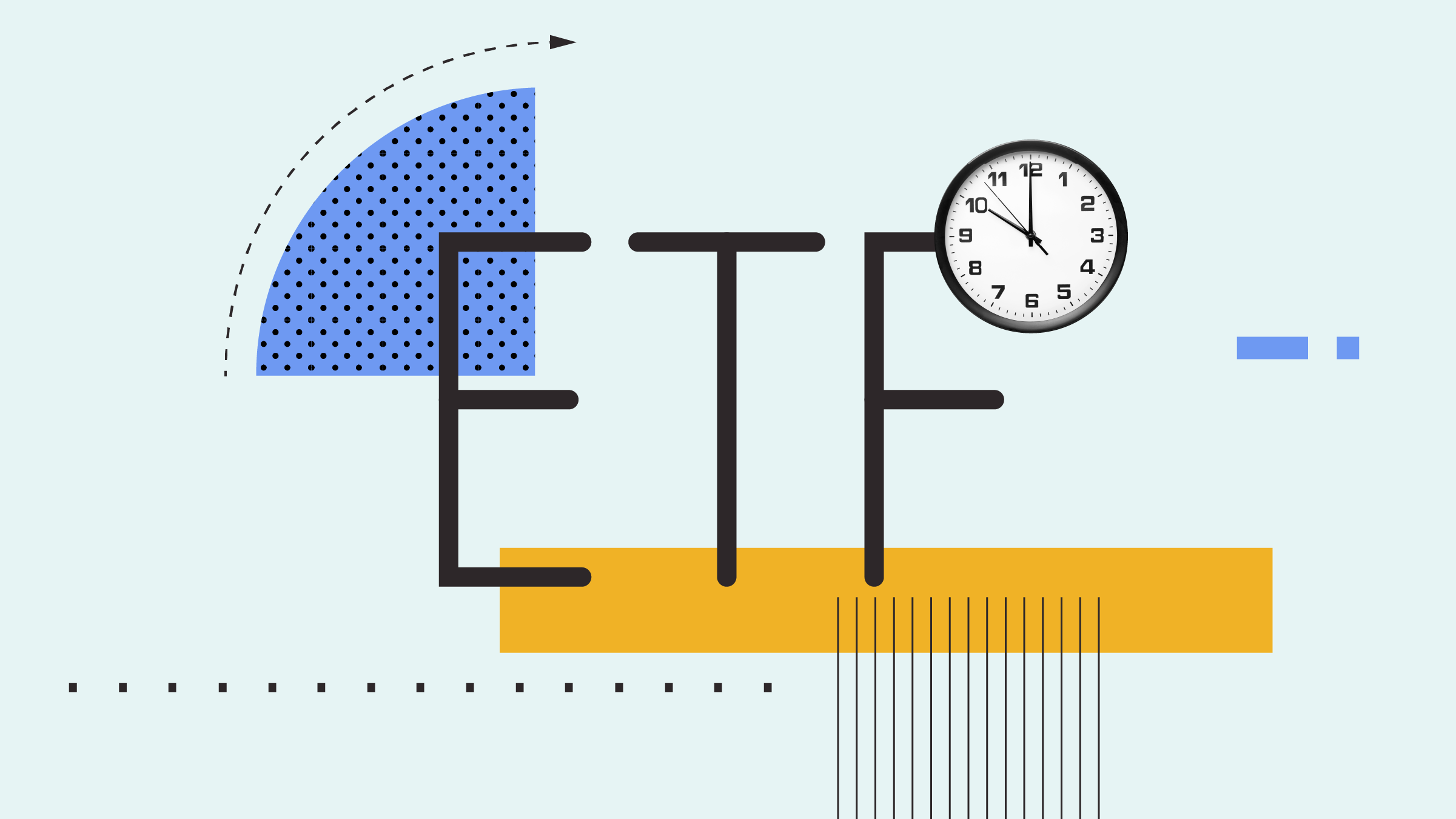Note: This article is part of Morningstar's January 2015 RRSP Check-up special report.
Statistics Canada's most recent RRSP contribution analysis was for 2012 and indicated that less than a quarter of all tax filers contributed to an RRSP that year. By some estimates, the $35.7 billion contributed that year represented under 5% of the overall contribution room available to Canadians.
It is true that many Canadians have their retirement contributions covered through defined-benefit plans, or may be choosing to invest via other types of accounts. One must also acknowledge that making a retirement contribution may be too much of a financial burden for some. All that said, there appears to be a lot of potential retirement planning not happening.
Why? We do think about the future; we picture ourselves in it, and it should not come as a surprise that one day we will likely be living off the fruits of our labour. Where is the disconnect?
Let's start by admitting that human forecasts, and in this instance our own forecasts of enjoying a long, healthy and financially carefree retirement, are typically flawed and biased by optimism. Our minds are quite content to simultaneously hold the contradictory thoughts of both a comfortable retirement and a "can't contribute today" attitude. The buffer between the two is, of course, time. The problem with that buffer is that it inevitably recedes -- much like our hairlines.
In the late 1990s, economists and behavioural theorists Richard Thaler and Shlomo Benartzi pioneered an approach to increase retirement contributions among employee participants in U.S. defined contribution savings programs. They dubbed the program Save More Tomorrow and used their knowledge of the way people act in the real world to make contributing more to their retirement easier. They recognized that people may have good intentions to save for retirement but lack self-control or willpower to do so, and suffer from procrastination. The academic explanation of this is that people have time-inconsistent preferences, heavily favouring present-day consumption over future consumption. The tendency to procrastinate creates inertia and explains our status quo bias -- a generalized preference for the current state of affairs.
Thaler and Bernartzi's Save More Tomorrow concept turned these self-defeating tendencies into positives by initiating a program where employees could elect to commit future scheduled salary raises to increased retirement contributions and to have further future increases also automatically apply to increased savings. The subtle key was the pre-commitment of a near-term future raise. They knew it would be easier for people to commit to saving a 2% raise that has not yet occurred (but will soon) than to save that extra 2% after they have seen it hit their paychecks. Pre-commitment also came into play when dedicating future increases, and then inertia would kick in, this time in a virtuous way, and the employees would be likely to have ever increasing contributions and not revisit the structure.
Another powerful behavioural concept known as loss aversion was also addressed in this scheme. People generally dislike losses more than they like equivalent gains. The program targeted increased contributions of no more than the amount of the raise so that people would not perceive a "loss" in the form of a lower current paycheck. Finally, to reduce inertia to a minimum, the program was developed as an automatic enrolment at the target firms; one had to opt-out to avoid participation as opposed to spending effort opting-in.
The program has claimed strong positive results in participation and in increased savings rates, and while it may not be available pre-packaged for us, there are a number of ways to commit to a higher ongoing retirement fund contribution that mirror aspects of the approach.
One way for employees with a defined contribution or other long-term plan would be to arrange for their payroll department to begin taking out a larger amount in the near future, but not today. For those making regular savings contributions from their bank account, it has never been easier to use online banking to specify an increase in contribution levels to take effect at a later date. For those fortunate enough to receive a regular cost-of-living pay increase, coordinating these changes to take effect at the time of the anticipated increase would be optimal.
Thaler (this time with co-author Cass Sunstein) built on these ideas in the 2008 book Nudge: Improving Decisions about Health, Wealth, and Happiness. Aside from the lessons in the Save More Tomorrow program, Nudge asserts that people are more likely to act on their intentions if these intentions are openly stated. That gives us the opportunity to work with someone trusted -- a spouse or partner or perhaps a financial advisor -- to make our retirement contribution intentions known. The very act of communicating our intentions has a self-fulfilling tendency.
Another important theme they addressed was that people tend to "herd," adopting attitudes and approaches that they consider to be normal. We can be more active in choosing where we herd. In the case of retirement, I therefore recommend against internalizing the opening paragraph of this note about overall RRSP contribution rates, in favour of searching out stories where saving for retirement is the norm. There is no shortage of such stories on Morningstar.ca.
Behavioural economists spend a lot of time documenting how we are our own worst enemies when it comes to making decisions in our own best interest. Thaler et al. have shone the light on many of our irrationalities and provided ways to sidestep them and even have them work to our advantage when saving for retirement.



















